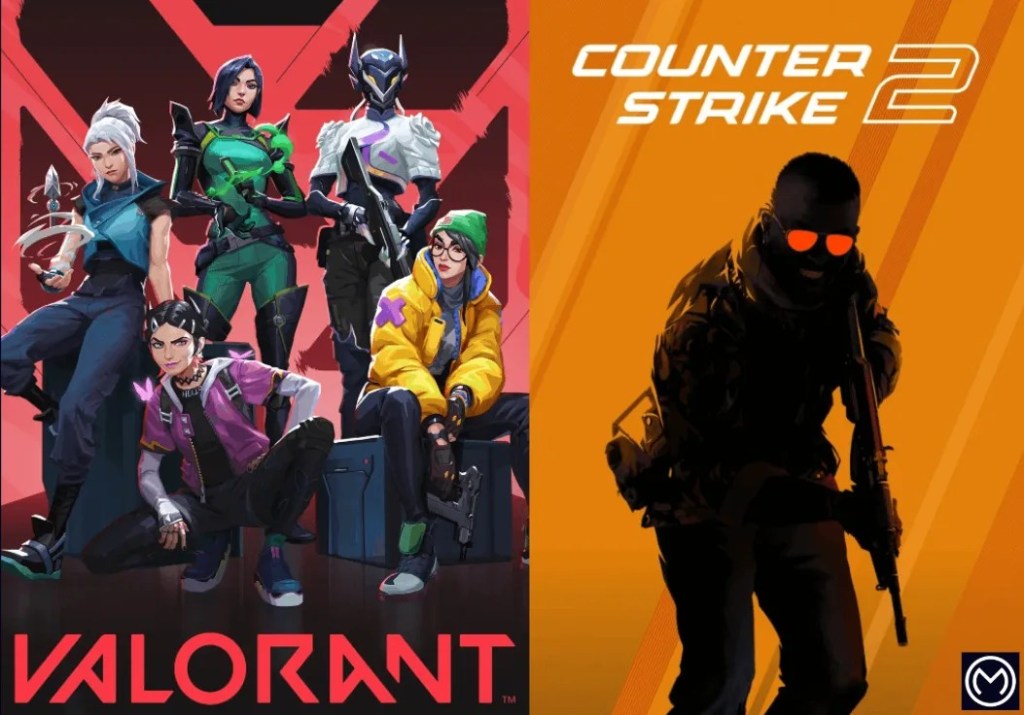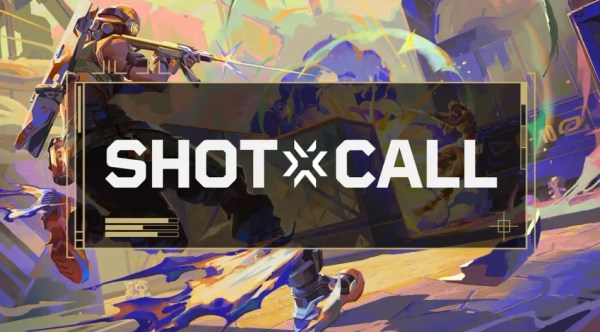Tactical FPS games have long dominated the esports shooter scene. Among them, Counter-Strike vs. Valorant is a debate that continues to shape competitive gaming. Counter-Strike has been the backbone of esports shooters for decades, while Valorant has rapidly gained ground since its launch. Both games have massive audiences, but which one holds the crown in esports?
Legacy vs. Innovation
At the 46th Annual Sports Emmy Awards, Riot Games took home the Sports Emmy for Outstanding Esports Championship Coverage, thanks to their stunning broadcast of the 2024 VALORANT Champions Grand Final featuring EDward Gaming vs. Team Heretics. This marks Riot’s sixth Emmy overall, but more importantly, it’s Valorant’s first-ever Emmy win, a major milestone for a game still carving out its legacy in the competitive FPS scene.
While Counter-Strike has long been considered the gold standard for tactical shooters, it’s never quite cracked the mainstream award circuit like this. Riot’s production quality, storytelling, and crowd energy brought Valorant’s finals to life in a way that sets a new benchmark — even CS fans are starting to take notice.
Counter-Strike, beginning with its early versions and evolving into Counter-Strike 2, has set the foundation for tactical FPS games. The game thrives on its pure gunplay, movement mechanics, and strategic depth. Players have honed their skills in the same core gameplay loop for over two decades.
Valorant, on the other hand, took the Counter-Strike formula and introduced hero abilities. Each agent has unique skills that can change the course of a match. Riot Games designed it to be more dynamic, requiring both shooting precision and ability usage for strategic play.
Competitive Structure
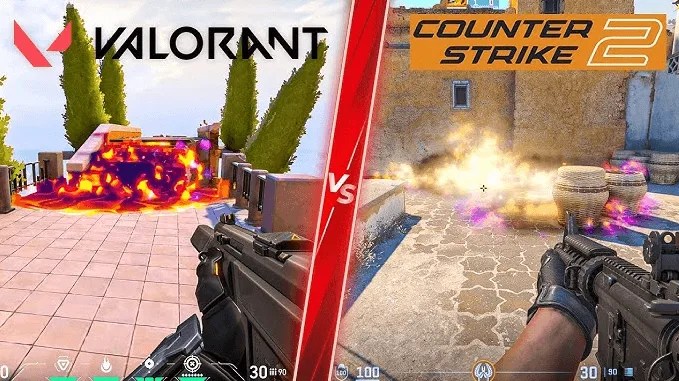
When comparing Counter-Strike vs. Valorant in terms of esports structure, both games have different approaches.
- Counter-Strike’s Open Circuit: CS has an open system where teams can qualify for major events through various tournaments. Valve has also supported its own Majors, which are the pinnacle of the scene.
- Valorant’s Franchise System: Riot Games has built a structured Valorant Champions Tour (VCT), with partnered teams in international leagues. This closed system ensures stability but limits open qualifiers.
Esports Viewership Trends
Viewership is a critical factor in Counter-Strike vs. Valorant. Valorant’s esports ecosystem has been growing steadily, thanks to Riot’s marketing and content creator engagement. The VCT LOCK//IN tournament was a massive success, pushing the game close to CS’s numbers.
Counter-Strike, despite a decline in airtime due to format changes, remains the more established esports title. Even with fewer tournaments in 2023, it retained dominance in viewership. The transition to Counter-Strike 2 also reignited interest in the game.
Viewership Growth Over Time
| Year | Counter-Strike Watch Time | Valorant Watch Time |
| 2020 | High | Low |
| 2021 | Still dominant | Growing |
| 2022 | Strong presence | Significant increase |
| 2023 | Drop due to format change | Peak growth |
| 2024 | Stable | Slight drop |
Regional Popularity
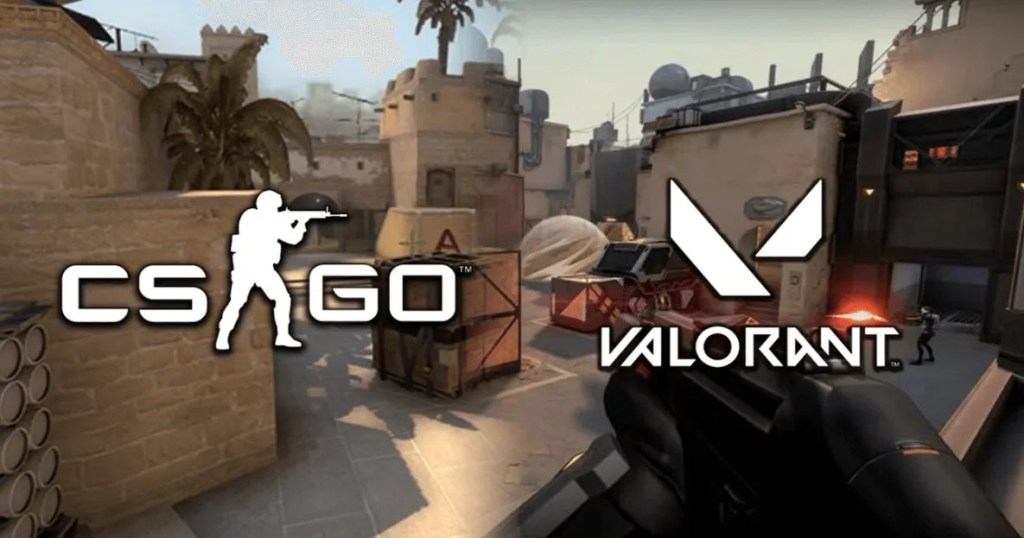
Valorant’s co-streaming model has helped spread its reach, with many top influencers broadcasting events. Counter-Strike, in contrast, relies more on traditional tournament broadcasts.
The audience for Counter-Strike vs. Valorant differs significantly by region:
- Counter-Strike: Dominates in Europe, North America, and Brazil. Russian-speaking regions and post-Soviet countries have also seen rising engagement.
- Valorant: Gained significant traction in Asia, particularly Japan and South Korea. Brazil also has a strong Valorant player base, partly due to LOUD’s international success.
Game Mechanics: Pure Aim vs. Tactical Play
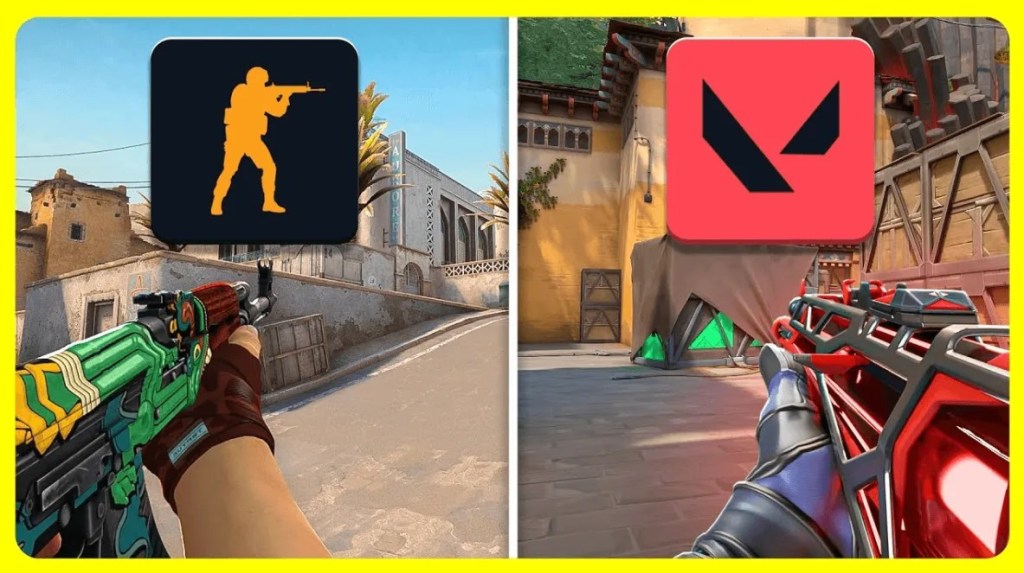
Some players argue that Counter-Strike has a higher mechanical skill ceiling due to its reliance on aim precision and movement techniques. Others believe Valorant’s agent abilities introduce a deeper layer of strategy that makes up for any lack of mechanical difficulty.
At its core, Counter-Strike vs. Valorant comes down to mechanics:
- Counter-Strike: Aims for pure FPS gameplay, rewarding mechanical skill and map control.
- Valorant: Adds abilities to the mix, making strategic coordination just as important as raw aim.
Which Game Has the Stronger Esports Scene?
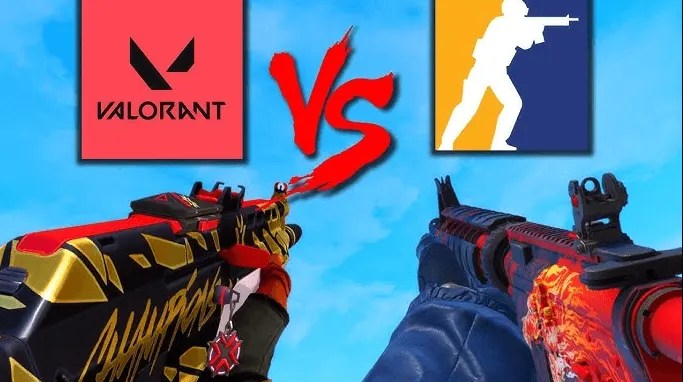
While Valorant is catching up, Counter-Strike still leads in several key areas. However, Valorant is rapidly expanding, especially in Asia and North America, where Riot Games has built a solid ecosystem. The game’s structured league format provides security for organizations, whereas CS’s open system can sometimes lead to instability.
Some of them are as follow:
- Legacy & Player Base: Counter-Strike has been a top esports title for over two decades.
- Stable Esports Circuit: Despite the rise of franchising, CS tournaments remain some of the most prestigious in esports.
- Bigger Prize Pools: CS Majors and events like IEM and BLAST Premier continue to offer larger prize pools.
- Higher Skill Ceiling: Many former CS pros have switched to Valorant, yet CS remains the benchmark for FPS mastery.
The Ongoing Battle
The Counter-Strike vs. Valorant rivalry isn’t ending anytime soon. Counter-Strike remains the gold standard for tactical FPS esports, but Valorant’s innovation and structured approach have made it a legitimate contender. For now, it’s safe to say that Valorant leads in esports circuit globally.
If you’re all about raw aim and pure gunplay, Counter-Strike’s your game. But for ability-based tactics and tight structure, Valorant takes the spotlight. Want to level up fast? Grab a Valorant Unrated Games Boost and train with Radiant PROs. Master agents, improve your game sense, and sharpen your mechanics. Now’s the time to rise. Buy now!
Latest Posts










